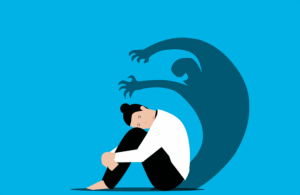In the late 19th and early 20th centuries, Sigmund Freud pioneered mental health psychotherapy through psychoanalysis, focusing on the unconscious mind's impact on behavior. This approach evolved into psychodynamic therapies, which explore past-present connections to address mental health challenges. Key techniques include dream analysis, free association, and transference. These therapies aim to bring hidden mental processes into awareness for understanding and healing. While effective, they are lengthy and rely on patient recall, facing criticism regarding subjective bias and empirical evidence. Integrating psychoanalytic principles into modern therapy enhances outcomes and promotes personal growth. The future holds promise with evolving techniques tailored to individual needs and advancements in neurobiology, revolutionizing mental health psychotherapy.
Psychoanalysis and psychodynamic therapy, rooted in Sigmund Freud’s pioneering work, remain influential pillars in the realm of mental health psychotherapy. This article delves into the historical evolution of psychoanalysis, its core principles, and the pivotal concept of the unconscious mind. We explore the techniques employed, their benefits, and applications in modern mental health practice. Additionally, we compare psychodynamic therapy with other forms, address common challenges, and discuss its integration and future implications.
Understanding Psychoanalysis: A Historical Perspective

Psychoanalysis, a revolutionary approach to understanding and treating mental health issues, has its roots in the late 19th and early 20th centuries. Founded by Sigmund Freud, this form of psychotherapy delves into the unconscious mind, believing that our past experiences, desires, and conflicts significantly influence our present behaviors and emotions. Freud’s theories proposed that the human psyche is composed of three parts: the id, ego, and superego, each playing a unique role in shaping our personality.
This historical therapy method emphasizes the importance of dream analysis, free association, and transference as key techniques to uncover repressed memories and internal conflicts. Over time, psychoanalysis has evolved and inspired various forms of psychodynamic therapy, which focus on the relationship between the past and present to help individuals gain insight into their mental health challenges. By exploring these connections, psychodynamic therapy aims to facilitate personal growth, resolve psychological conflicts, and promote overall well-being.
Core Principles of Psychodynamic Therapy
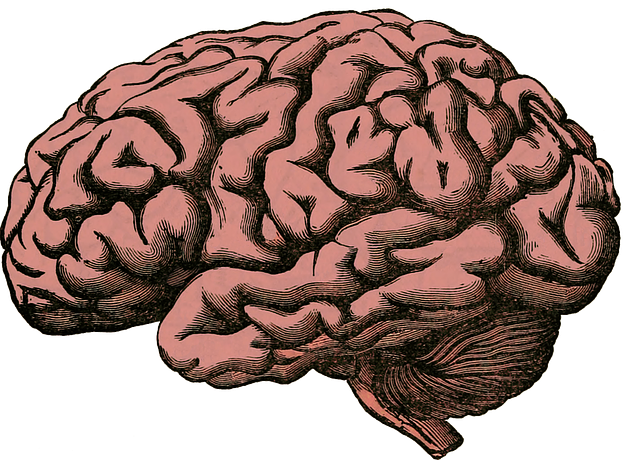
Psychodynamic therapy is rooted in Sigmund Freud’s theories, emphasizing the influence of unconscious thoughts and early experiences on current behaviors and emotions. At its core, this form of psychotherapy focuses on bringing hidden mental processes into awareness to facilitate understanding and healing. The central tenet is that unresolved conflicts from childhood, often buried in the unconscious mind, can manifest as psychological issues in adulthood.
This therapy type aims to help individuals gain insight into their recurring patterns, dreams, and memories, identifying repetitive behaviors and emotional responses with their potential roots. By exploring these dynamics, psychodynamic therapy supports clients in modifying maladaptive behaviors and improving overall mental health. The therapeutic relationship is considered a crucial tool for understanding oneself, as the therapist’s empathy and depth of exploration encourage patients to delve into their inner world.
The Unconscious Mind: A Key Concept

The concept of the unconscious mind is a cornerstone in psychoanalysis and psychodynamic therapy, offering insights into the intricate workings of the human psyche. This aspect of mental health psychotherapy delves into the thoughts, feelings, and memories that lie outside our conscious awareness, yet significantly influence our behaviors and emotions. The unconscious serves as a reservoir of repressed desires, early experiences, and conflicts, many of which are formed during childhood.
Through various techniques such as free association, dream analysis, and transference, therapists aim to bring these hidden aspects into consciousness. By exploring the unconscious mind, psychodynamic therapy seeks to uncover underlying causes of psychological distress, resolve inner conflicts, and promote personal growth. Understanding this realm is crucial in facilitating positive change, as it allows individuals to gain deeper self-awareness and develop more adaptive coping mechanisms.
Techniques and Methods Used in Psychodynamic Treatment

Psychodynamic treatment leverages a range of techniques designed to bring unconscious thoughts and feelings into awareness, fostering understanding and healing. Central to this approach is the exploration of early childhood experiences, interpersonal relationships, and defense mechanisms that shape an individual’s current mental health and behaviors. Therapists create a safe, non-judgmental space for clients to freely express their thoughts and emotions, often using free association, where individuals speak openly without structure or censoring their responses. This process helps uncover underlying conflicts and patterns contributing to psychological distress.
Additionally, psychodynamic therapy encourages patients to reflect on recurring themes in their relationships, enabling them to recognize and modify unhealthy dynamics. By interpreting dreams, analyzing transference (projecting feelings from one relationship onto another), and exploring resistance, therapists aid clients in gaining profound insights into their inner world. These methods ultimately empower individuals to make intentional changes, promoting personal growth and improved mental well-being.
Benefits and Applications in Mental Health Practice
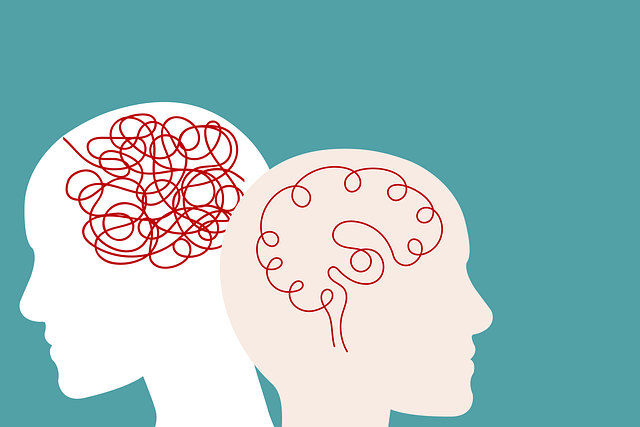
Psychoanalysis and psychodynamic therapy offer a wealth of benefits in mental health practice, providing deep insights into the unconscious mind and its influence on behaviour and emotions. By exploring past experiences, relationships, and internal conflicts, therapists can help individuals uncover and resolve psychological issues that may be hindering their well-being. This therapeutic approach is particularly effective for treating complex conditions such as depression, anxiety disorders, post-traumatic stress disorder (PTSD), and personality disorders.
One of its key strengths lies in fostering self-awareness and promoting personal growth. Through dialogue and interpretation, clients gain a better understanding of their thoughts, feelings, and motivations, enabling them to make meaningful changes in their lives. This process allows for the development of healthier coping mechanisms, improved interpersonal relationships, and enhanced overall mental resilience, contributing significantly to long-term recovery and improved quality of life in mental health psychotherapy.
Comparison with Other Forms of Psychotherapy
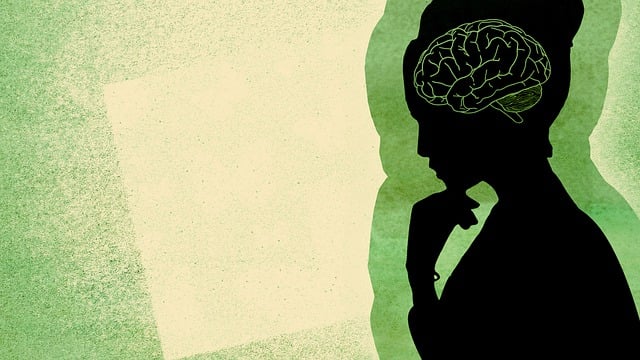
Psychoanalysis and psychodynamic therapy are distinct from other forms of psychotherapy, such as cognitive-behavioural therapy (CBT) or humanistic approaches. Unlike CBT, which focuses on modifying negative thought patterns and behaviours, psychoanalysis delves into the unconscious mind to uncover underlying causes of distress. It aims to bring repressed memories and emotions to consciousness, facilitating a process of healing and self-awareness.
In contrast to humanistic therapy, which emphasizes personal growth and self-actualization, psychodynamic therapy prioritizes the resolution of internal conflicts arising from early childhood experiences. By exploring these conflicts, individuals can gain insight into their current mental health issues and develop healthier coping mechanisms. This approach differs from other modalities in its emphasis on the past’s influence on the present, making it a powerful tool for understanding and managing complex mental health concerns.
Common Challenges and Criticisms

In the realm of mental health psychotherapy, psychoanalysis and psychodynamic therapy face several common challenges and criticisms. One primary concern is their time-intensive nature; sessions often span months or even years, which can be both financially demanding for clients and logistically challenging for practitioners. This lengthy process may deter individuals seeking swift relief from psychological distress.
Additionally, critics argue that these therapeutic approaches are heavily reliant on the patient’s ability to recall and articulate past experiences, a task not always easily accomplished. The interpretation of dream content, a cornerstone of psychoanalysis, is subject to subjective bias, making it challenging to establish objective conclusions. Furthermore, some scholars question the effectiveness of psychodynamic therapy in treating certain mental health disorders, highlighting the need for more robust empirical evidence to validate its efficacy compared to other therapeutic modalities.
Integrating Psychoanalysis into Modern Practice
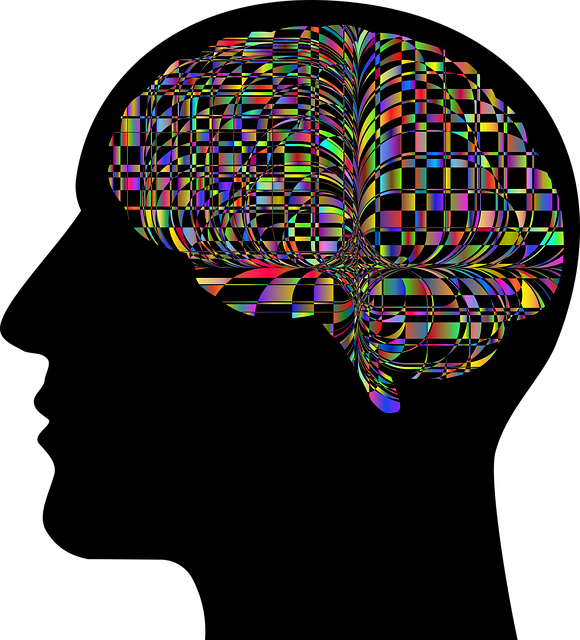
In modern mental health psychotherapy, integrating psychoanalytic principles into practice offers a rich and nuanced approach to understanding and treating complex psychological issues. This method delves beyond the surface layer of behaviors and symptoms, exploring the deeper unconscious mind where many emotional struggles originate. By incorporating psychoanalysis, therapists can help clients gain profound insights into their past experiences, relationships, and internal conflicts, which are often at the root of present-day challenges.
This integration allows for a more comprehensive treatment plan tailored to individual needs. Through techniques such as free association, dream analysis, and transference interpretation, psychodynamic therapy facilitates a journey of self-discovery, helping clients unravel ingrained patterns, resolve internal conflicts, and develop healthier coping mechanisms. Such an approach not only enhances the therapeutic process but also empowers individuals to take ownership of their mental health and embark on a path of personal growth and transformation.
Future Implications and Ongoing Research

The future of psychoanalysis and psychodynamic therapy lies in its ongoing ability to adapt and integrate with contemporary psychological practices, especially as new research continues to shed light on the intricate relationship between mind and body. As mental health psychotherapy evolves, therapists are increasingly incorporating elements from various schools of thought, creating a more holistic approach to treatment. This integration suggests a promising future where psychoanalytic techniques can be refined and targeted to specific client needs, making them even more effective in addressing complex mental health issues.
Ongoing research is exploring the neurobiological underpinnings of psychodynamic processes, aiming to bridge the gap between subjective experience and brain function. By understanding the mechanisms that drive emotional responses and memory formation, therapists can enhance their ability to facilitate change and healing. This advancement has the potential to revolutionize psychotherapy by providing more precise tools for diagnosis and treatment planning, ultimately improving outcomes in mental health care.
